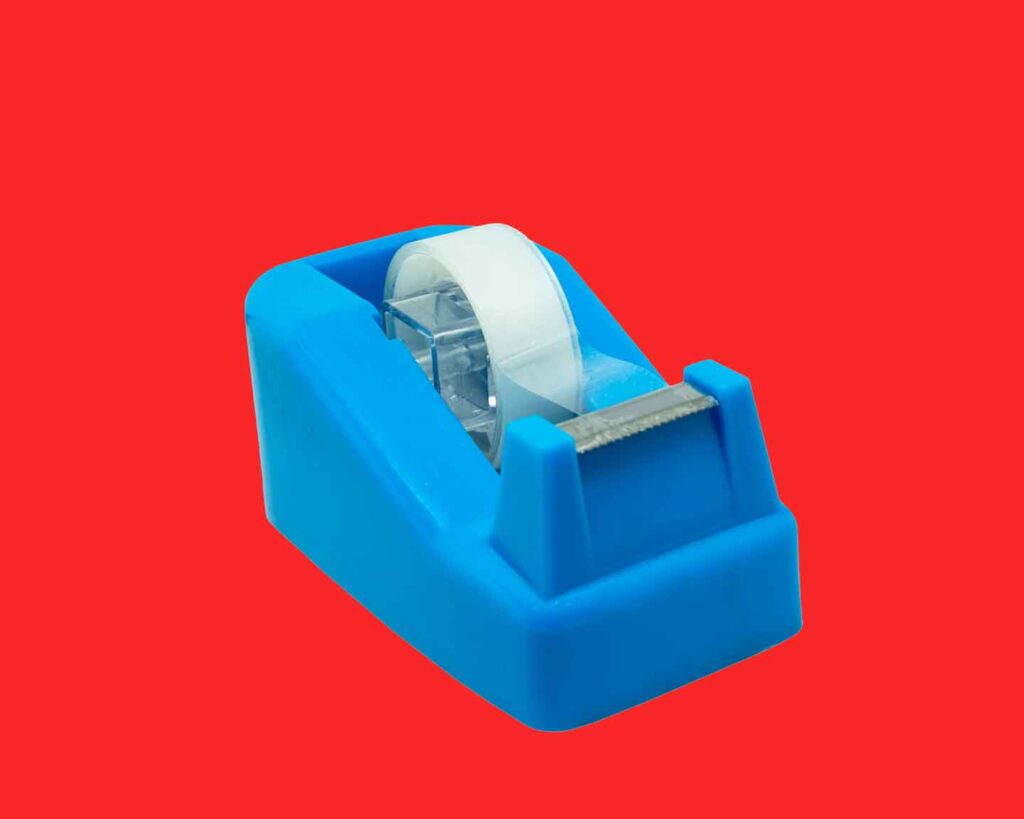mezuzah
when you're wondering why your neighbors keep high-fiving the doorpost
Have you ever gone to a friend’s house and noticed a small, usually rectangular-shaped box on the side of the door that wasn’t their doorbell or some other security doodad? If the friend is Jewish, it’s probably their mezuzah. Mezuzah is literally just Hebrew for “doorpost.” But there’s way more than meets the eye…

the basics
What's a mezuzah?
A mezuzah connsists of two parts. There’s the holder, which is the part you see on the doorpost, and a small scroll of parchment inside (called a klaf in Hebrew). The scroll has verses from the Torah inscribed on it, including the Shema prayer. For religious Jews, affixing mezuzahs to doorways fulfills a biblical commandment. There are plenty of other reasons to have a mezuzah though. Some people believe that a mezuzah provides special protection for the family that lives inside. It’s also a nice reminder that we have a connection with God/Spirit and/or other Jewish people, and that our homes are special places. It’s a symbol that a sense of Jewish identity and commitment exist in that household, and a way to tell the world, “Hey! I’m Jewish and this is a Jewish home!” (Historically, this may not always have been the best idea, but we still think it’s great to be proud of our Judaism.)

Everything you need to know
about the scroll!

A little like a Jewish security system...
There’s a beautiful sentiment having to do with the mezuzah. On one side of the parchment, it says in Hebrew, Shaddai, one of the names for God. Those letters are also initials for the phrase Guardian of the Doors of Israel. When you put the scroll inside the holder, the word should be facing towards you, so it’s kind of like God is guarding/blessing your home.

How do you put a mezuzah up?
Putting a mezuzah on your doorpost just takes a few minutes. Try to gather everyone who lives in the home if possible, and feel free to include friends too. Then read this blessing out loud:
Baruch atah Adonai, Eloheinu Melech haolam, asher kid’shanu
b’mitzvotav v’tzivanu likboa m’zuzah.
Blessed are You, Adonai our God, Sovereign of the universe, who has sanctified us
through Your mitzvot and commanded us to affix a mezuzah.
Next, grab some glue, or nails, or even double-sided tape (the good stuff so it lasts!) and affix the mezuzah to the right side of the doorpost. Place it at the lower part of the top third of the doorpost (this might sound like math but we promise it’s really straightforward) at a slant, so that the lower part of the mezuzah is facing you. The mezuzah should be accessible and visible to everyone who enters, so if you have people that might be in a wheelchair, feel free to lower it to a height that works for them. That’s it. That’s the whole thing. You might as well celebrate with some food to make it more of a party.

What do you do once the mezuzah is up?
Did you watch the Israeli TV show “Shtisel”? (If you haven’t, you’re missing out!) Anyway, you might have noticed that whenever one of the characters goes in and out of a door with a mezuzah, (which as we know, is every door except the bathroom) they reach out to touch it and then kiss their hand. Well, this tradition basically dates back to an ancient story of a guy who touched the mezuzah and was protected from enemy soldiers. It evolved over the centuries to include kissing your fingers after touching it.
According to tradition, we’re supposed to have mezuzahs checked by a scribe twice in every seven-year period, so once every 3.5 years or so. Checked for what you might ask? Well, again, this is one of those times when JewBelong shrugs and says, “I don’t know, I just work here…,” because really, what could be happening in that little box that it needs checking? But the answer is that there might be fading of the parchment or maybe water dripped in or something. Check it if you feel like it.

fun fact:
The mezuzah is slanted because of a family fight.

The slant on a mezuzah is literally from a family fight that ended in a compromise. One of the most famous French rabbis of the twelfth century was Rabbi Solomon ben Isaac, also known as Rashi. His grandson, Rabbenu Tam, felt that the mezuzah should be affixed horizontally for the sake of tradition because the scrolls in their leather cases were originally pushed horizontally into the crevices between the stones around the doorways of homes. Rashi argued that the mezuzah should be affixed vertically, so the top pointed toward God. They eventually compromised and agreed that a mezuzah should be hung on the diagonal, with its top inclined toward the inside.
Don’t you wish this was the only thing you argued about with your family?